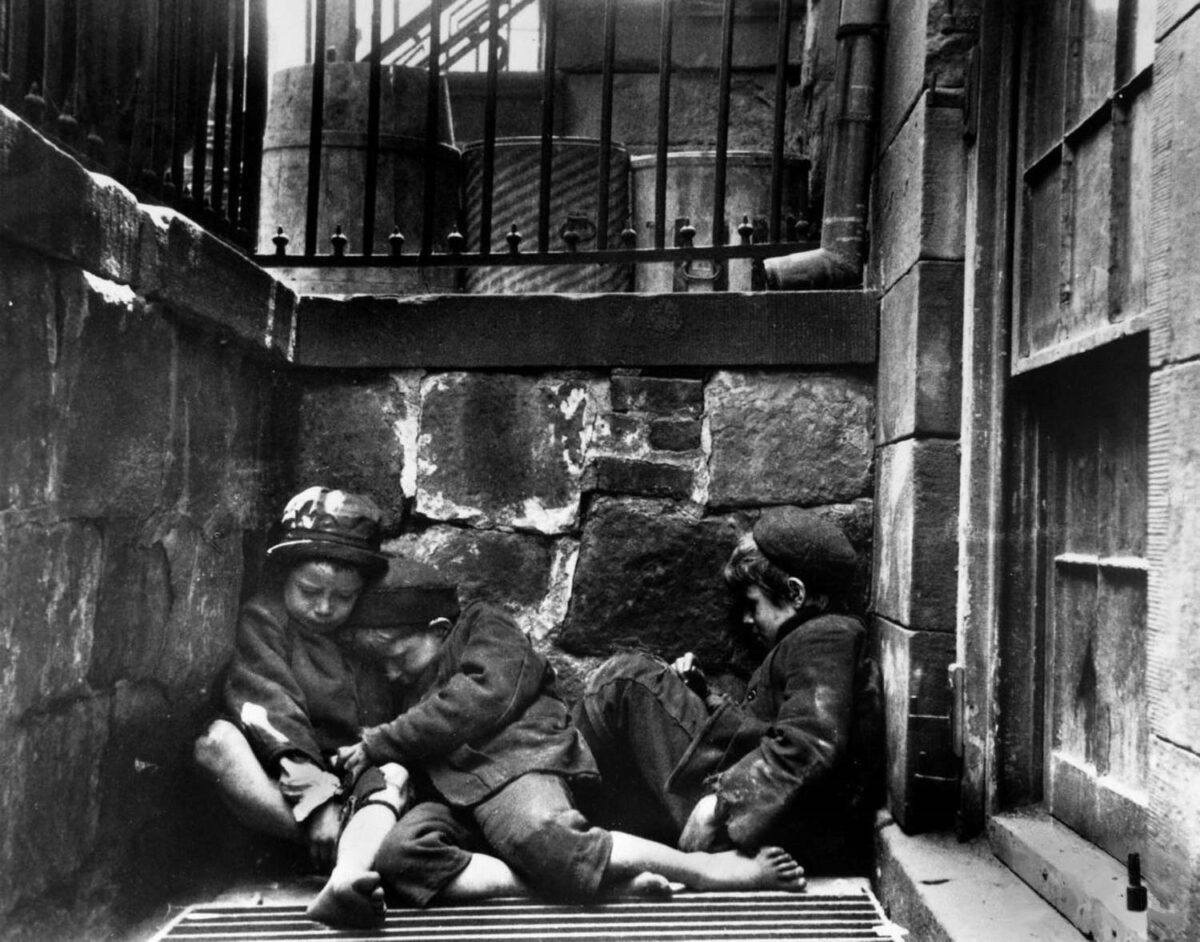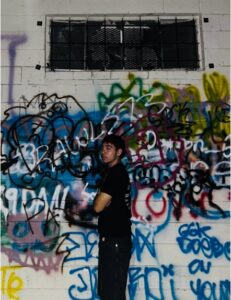What Is Documentary Photography?

What is Documentary Photography
Doc McCullin
Documentary Photography is, “ a form of photography used to chronicle events or environments both significant and relevant to history and historical events, as well as everyday life. These photographs can appear anywhere from magazines, newspapers, or books. It depends on the intention of the photography. Documentary Photography became a genre around the mid-1800’s. As it developed, it began to branch into broad categories that would all fall under documentary photography. For example social documentary photography, conservation photography, ethnographic photography, and war photography are all under what would be considered am umbrella term, Documentary photography.
The intentions of documentary photography can vary. For the most part though Documentary Photography will usually focus on exposing social injustices or violation of rights, or the law even. Documentary photography often follows a narrative structure, this can differ from war or street photography where everything can hinge on a single snapshot to convey the reality of the place event or conflict.
Important instances of documentary photography began with war, the Crimean war (1853-1856) and the united states civil war (1861- 1865) were some of the first conflicts to have been captured.

Library of Congress (civil war era)
In the 1900’s clear instances of Documentary Photography came about. For example Lewis Hine being instrumental in the child labor reform of the 40’s, by photographing the children and immigrants, telling their stories as early as 1908. Jacob Riis was another photographer who would be known for helping low income citizens in New York city.

Jacob Riis
The Farm Security Agency (FSA) was created in 1937 by president Roosevelt, with the intention to aid poor farmers, sharecroppers, tenant farmers and migrant workers. The agency hired photographers to show the conditions of these farmers and workers. The problem is that these photographers were accused of manipulating their surroundings for political effort. You could consider the FSA using photography as propaganda in order to push forward political goals surrounding the Great Depression.






Good paper. But you have a blank on your post. Fix it.1
The paper?
What’s that first line mean?
Good analysis. From Crimea to Lewis Hine, the path was set! Hine was a major player… changed things.
Yes, FSA was propaganda… by the government… for their programs. BUT, it was important PR, no?
ALVINO. GOT TO FIX YOUR POST!
Blank.